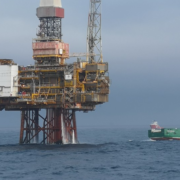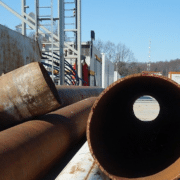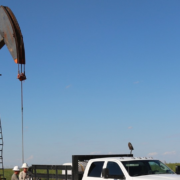From OPEC to U.S. shale, from fracking to negative oil prices, from endless political debates to inventories, the fossil fuel industry is never short on headlines. But the industry has a few lesser-known tidbits that might come as a surprise to even the savviest oil industry connoisseur. That’s why we’ve prepared this article to give you some preview and facts about oil.
In no particular order, here is our top 10 list of things you never knew about oil.
Number 10 on our list was not inspired by DC Comics
Although it’s easy to see why one would think so. Superhero fans might be surprised–and perhaps giddy–to learn that there is a Batman refinery. It gets its name not from the DC comics, but because of its location in Batman, Turkey. Batman in Turkish means “sunken”, and the town was named that because it often floods. If you’re disappointed that the refinery is not really named after the Caped Crusader, you are not alone.
Number 9 If you are an oil industry aficionado.
You probably already knew that Venezuela is home to the biggest oil reserves of any country. But did you know that the Latin American country’s 304 billion barrels of oil are enough to supply the entire world with oil for 8.5 years? That’s over 18 quintillion liters of oil and enough to fill up the Baltic Sea more than two times over!
Click here to read the full article.
Source: Oil Price
If you have further inquiries on facts about oil, feel free to reach out to us here.










